For the final project, it will revolve around the theme of daily life. In this collection of photos, I hope to show the audience my daily life and the daily life of the subjects I photograph. The final collection of the 10 photos should evoke a feeling of familiarity and relatability. I intend to do this by photographic experiences and sights that are seen on the norm by myself as well as my subjects. For example, a shot of the MTA platform where passengers are boarding the train is something that I can see being in the collection because the experience is an often occurrence in my and many others’ daily life.
In terms of the subject, I would like the collection to range from landscapes (as in sights that are often seen on a daily occurence), items that are often used by myself and/or the subject, and shots that show the subject at work, be it in terms of their hobby or the job they go to. For instance, a shot of the subject playing video games as a means to destress.
As for the location and time for the shoots, I feel that my chosen theme is versatile, so I’ll be able to shoot at any location or time. It is likely that the collection will include photos with both indoor and outdoor settings, and the same can be said about the time of day. Because I intend to photograph shots that are sights I often see, these sights will be shot at both the beginning and end of the day. It will also be interesting to photograph the same shot at different times of the day to see the difference.
Lastly, I plan to mainly use techniques such as shallow depth of field for shots that include a subject and diffused lighting for outdoor shots for a softer look.
Milanote Mood Board: https://app.milanote.com/1NJuDG1AwUFIeF/photography-mood-board
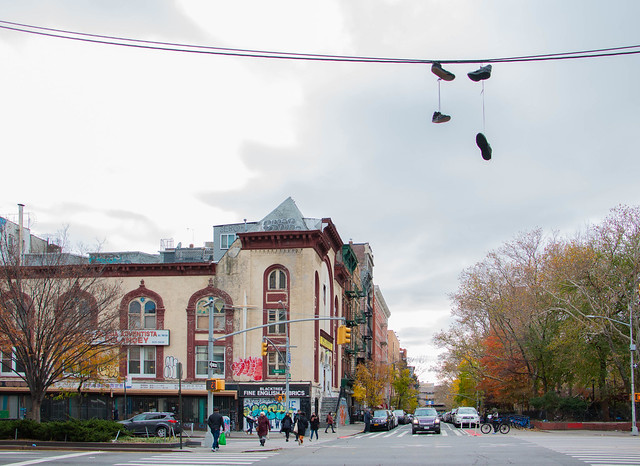
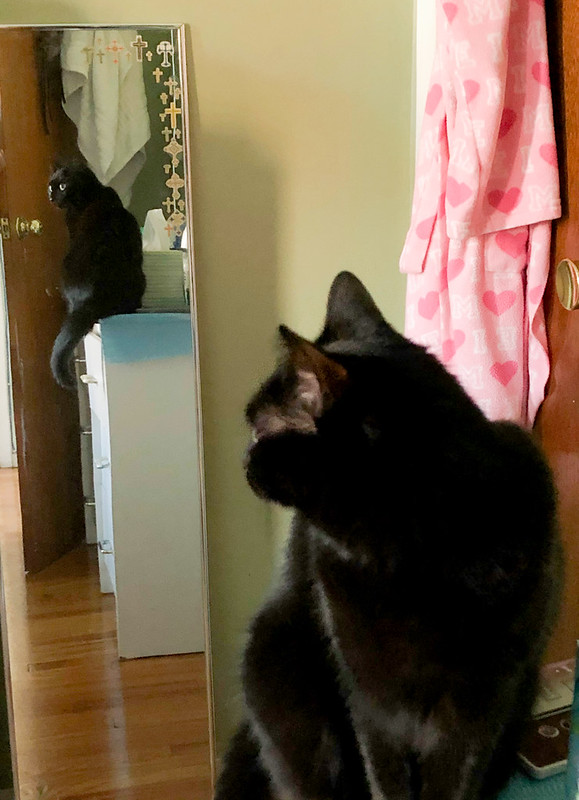
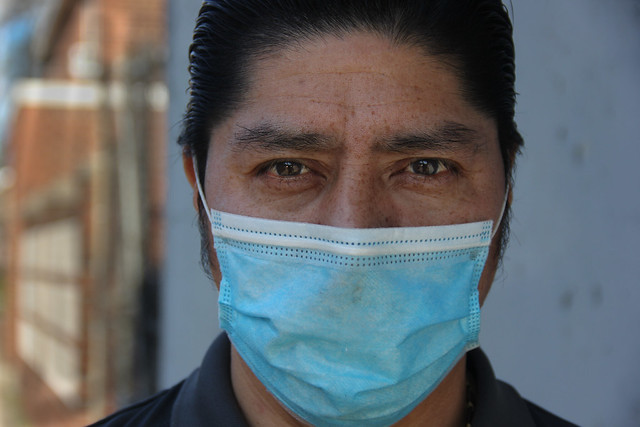
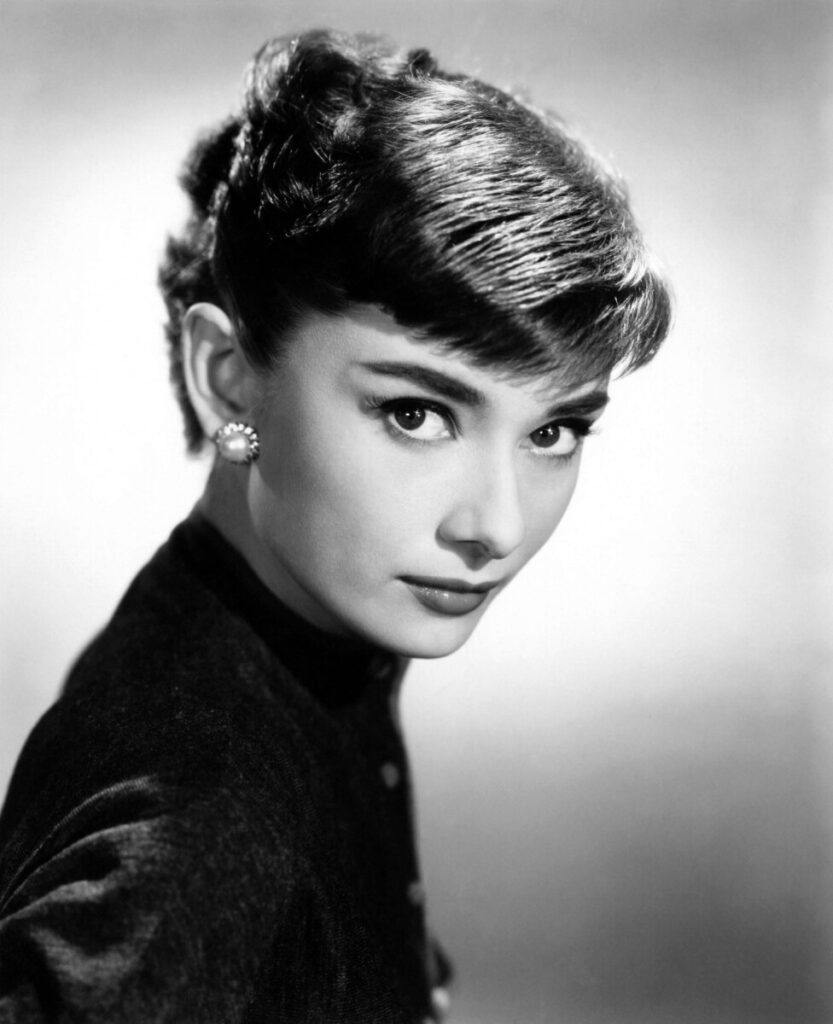
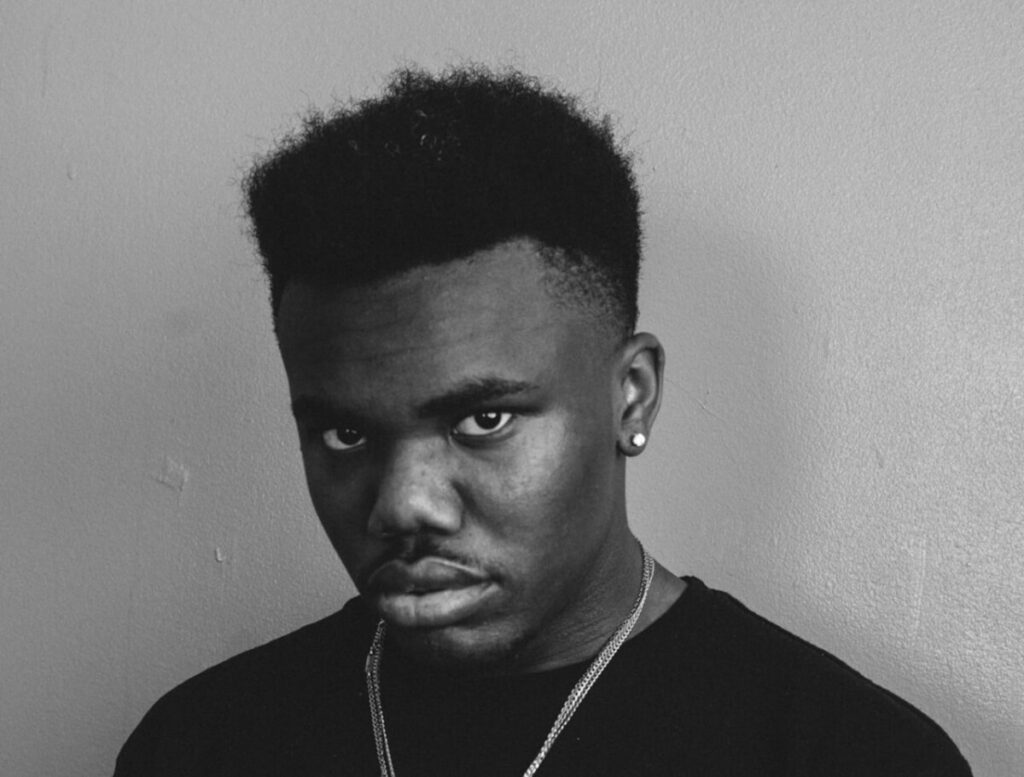

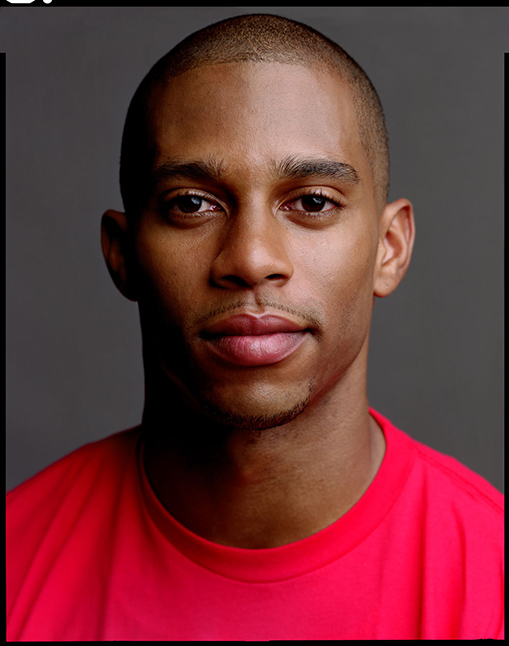
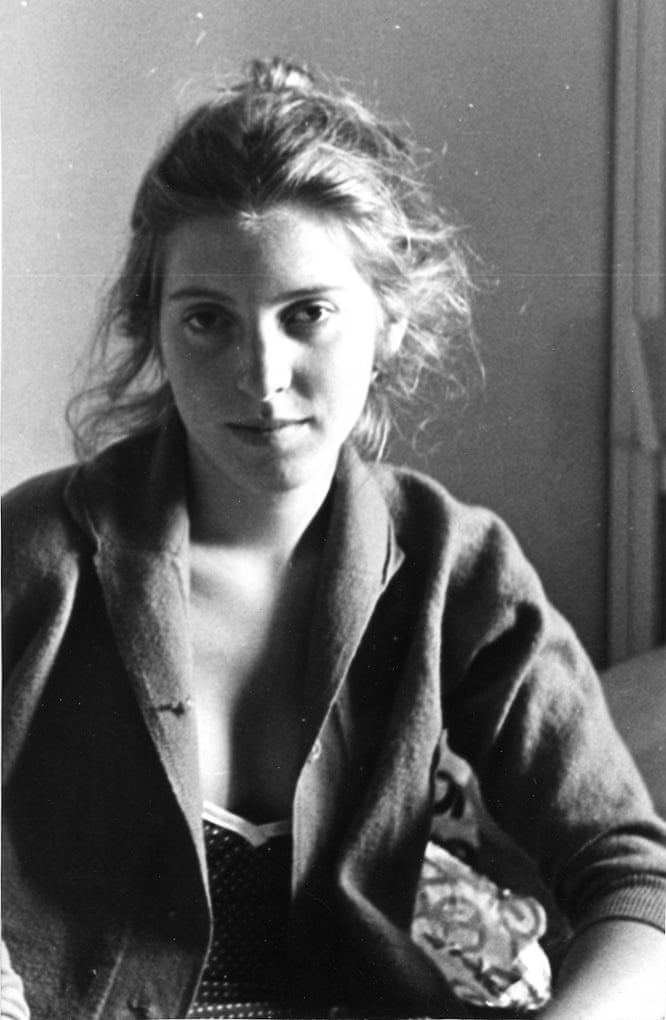
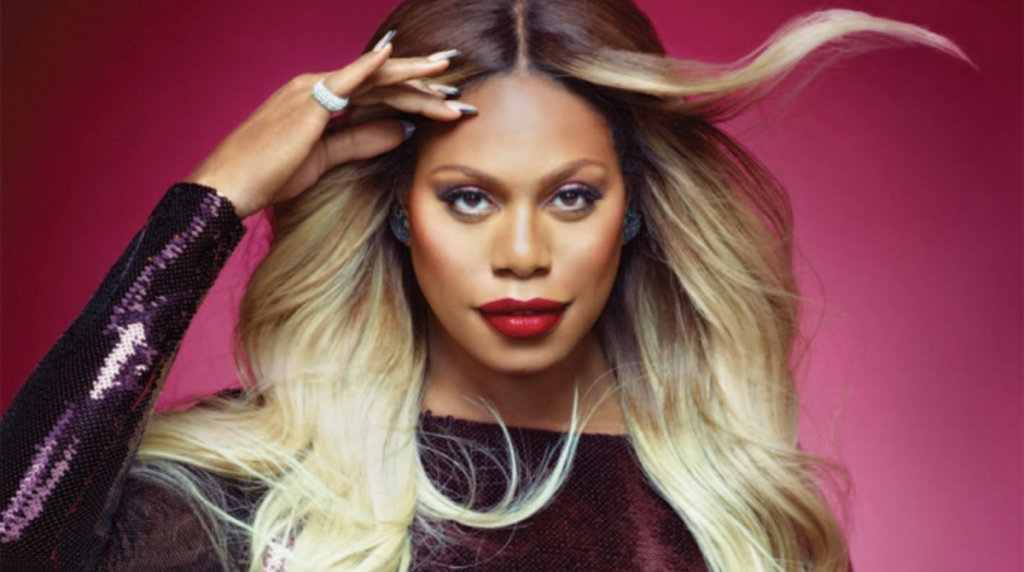





Recent Comments